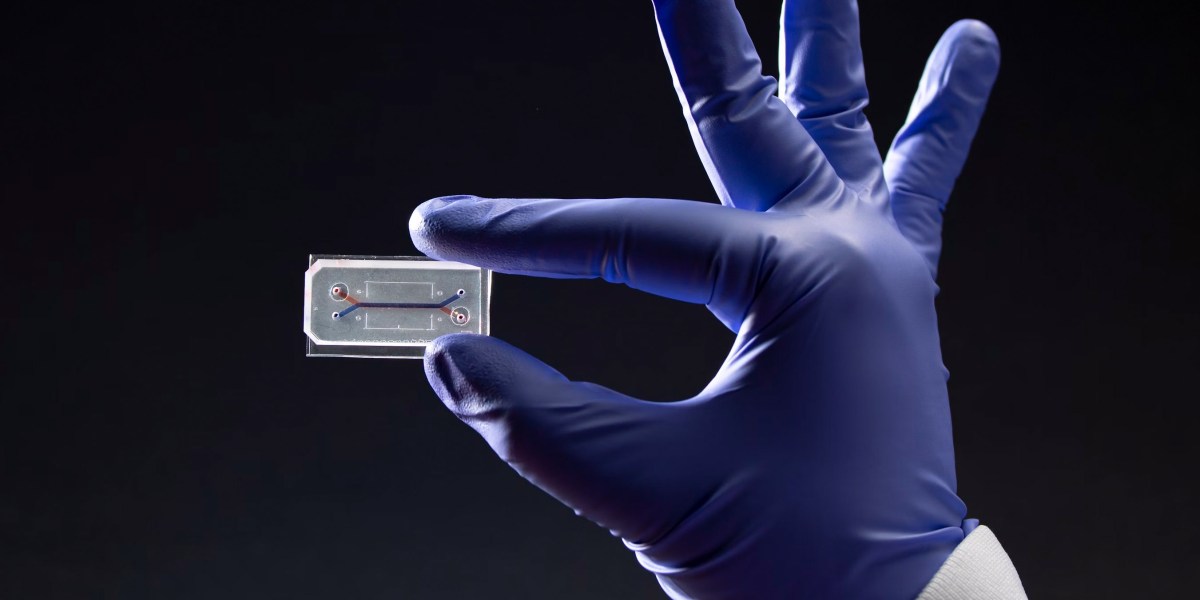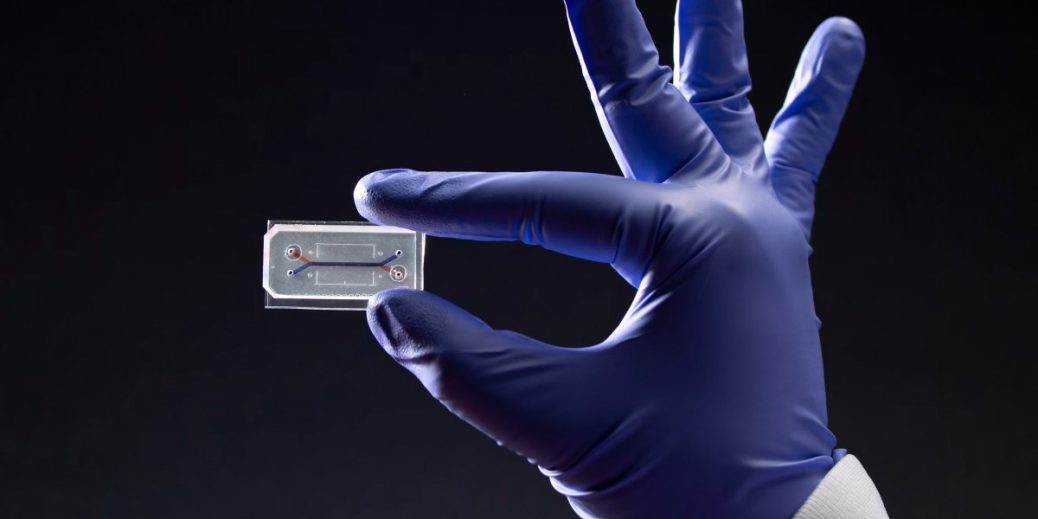
Animal studies are notoriously bad at identifying human treatments. Around 95% of the drugs developed through animal research fail in people, but until recently there was no other option.
Now organs on chips, also known as microphysiological systems, may offer a truly viable alternative. They’re triumphs of bioengineering, intricate constructions furrowed with tiny channels that are lined with living human tissues that expand and contract with the flow of fluid and air, mimicking key organ functions like breathing, blood flow, and peristalsis, the muscular contractions of the digestive system.
It’s only early days, but if they work as hoped, organs on chips could solve one of the biggest problems in medicine today. Read the full story.
—Harriet Brown
This story is from the forthcoming print issue of MIT Technology Review, which explores the theme of Play. It’s set to go live on Wednesday June 26, so if you don’t already, subscribe now to get a copy when it lands.
How underwater drones could shape a potential Taiwan-China conflict
A potential future conflict between Taiwan and China would be shaped by novel methods of drone warfare involving advanced underwater drones and increased levels of autonomy, according to a new war-gaming experiment by the think tank Center for a New American Security (CNAS).
Since Russia invaded Ukraine in 2022, drones have been aiding in what military experts describe as the first three steps of the “kill chain”—finding, targeting, and tracking a target—as well as in delivering explosives. Drones like these would be far less useful in a possible invasion of Taiwan. Instead, a conflict with Taiwan would likely make use of undersea and maritime drones to scout for submarines. Read the full story.







Recent Comments